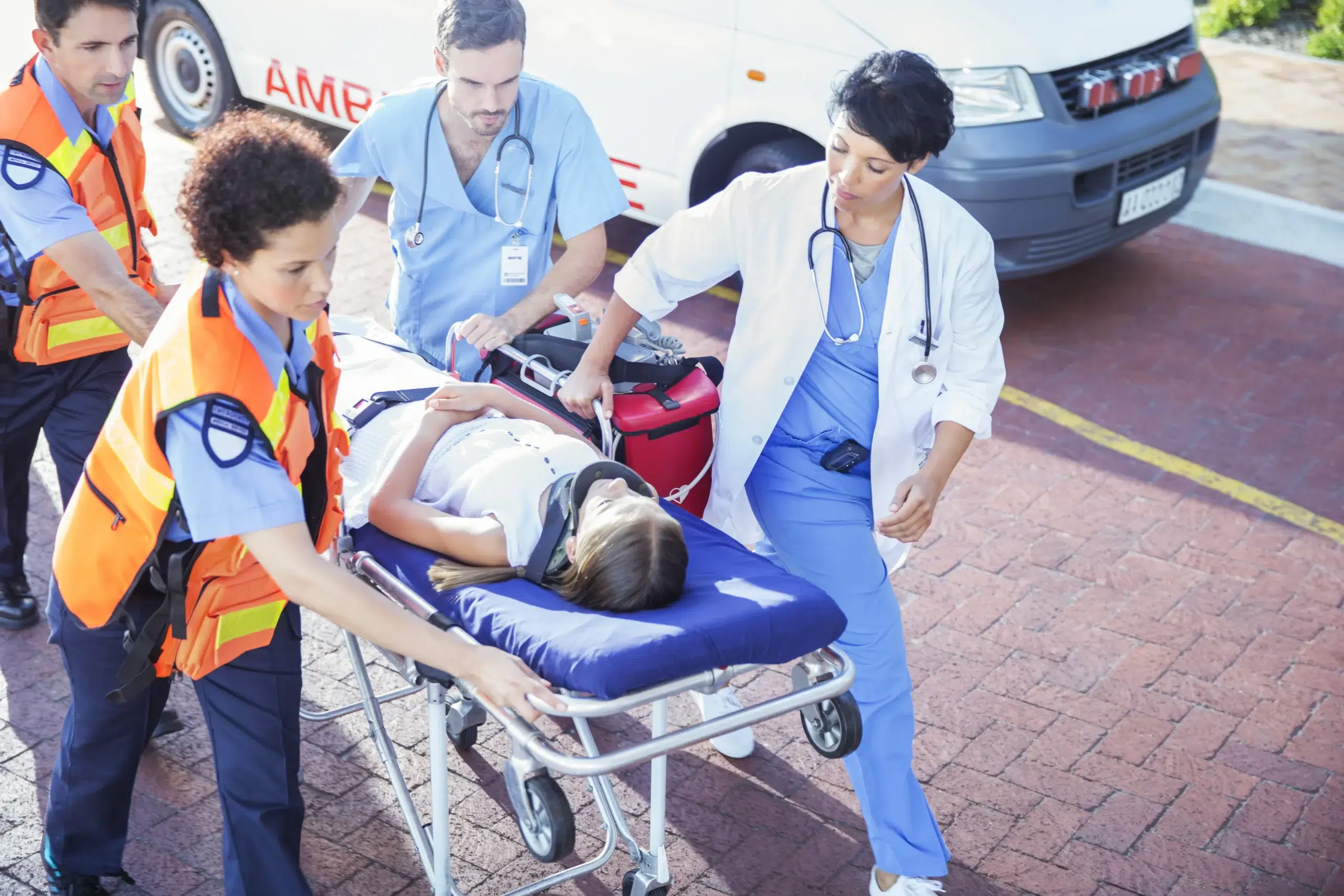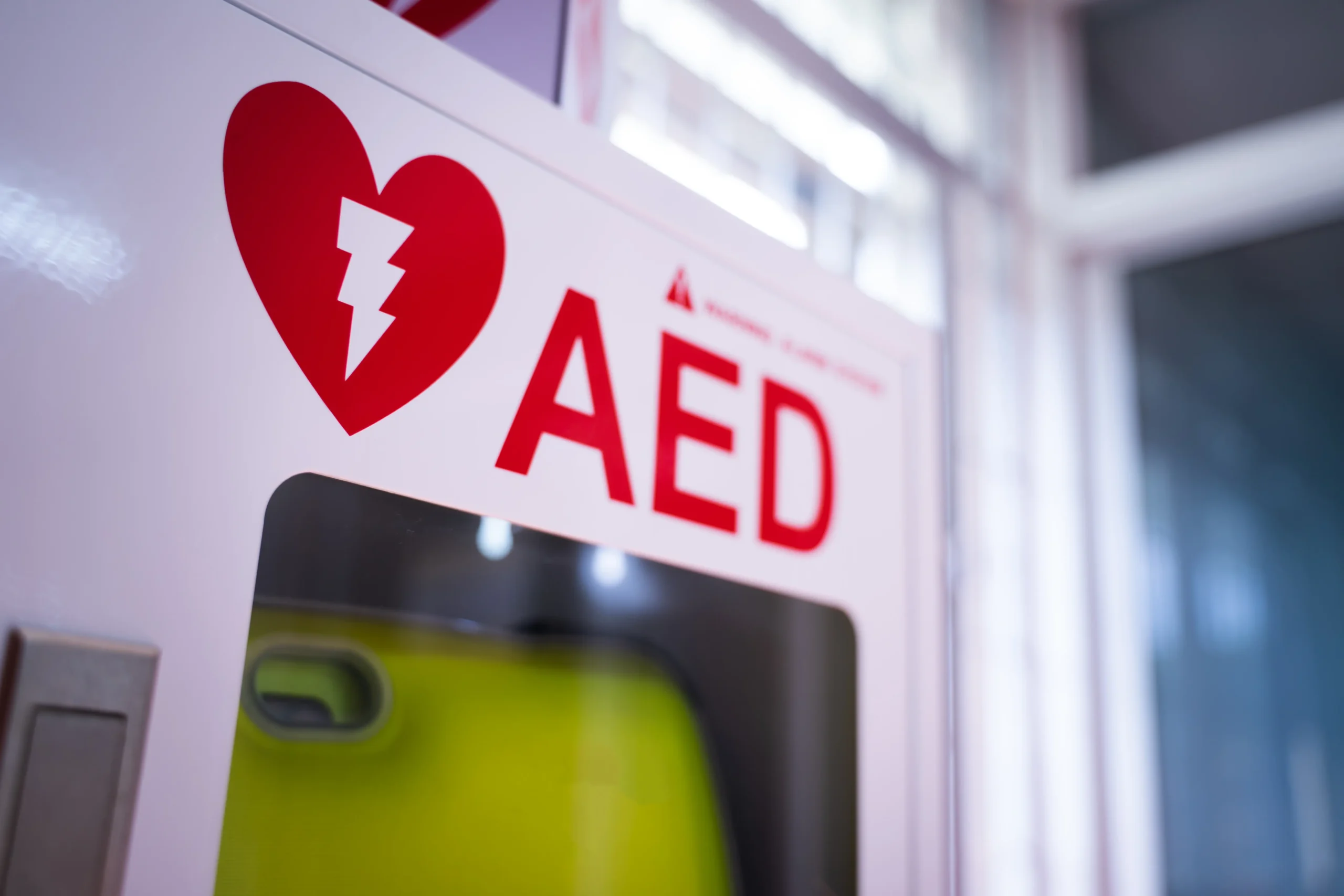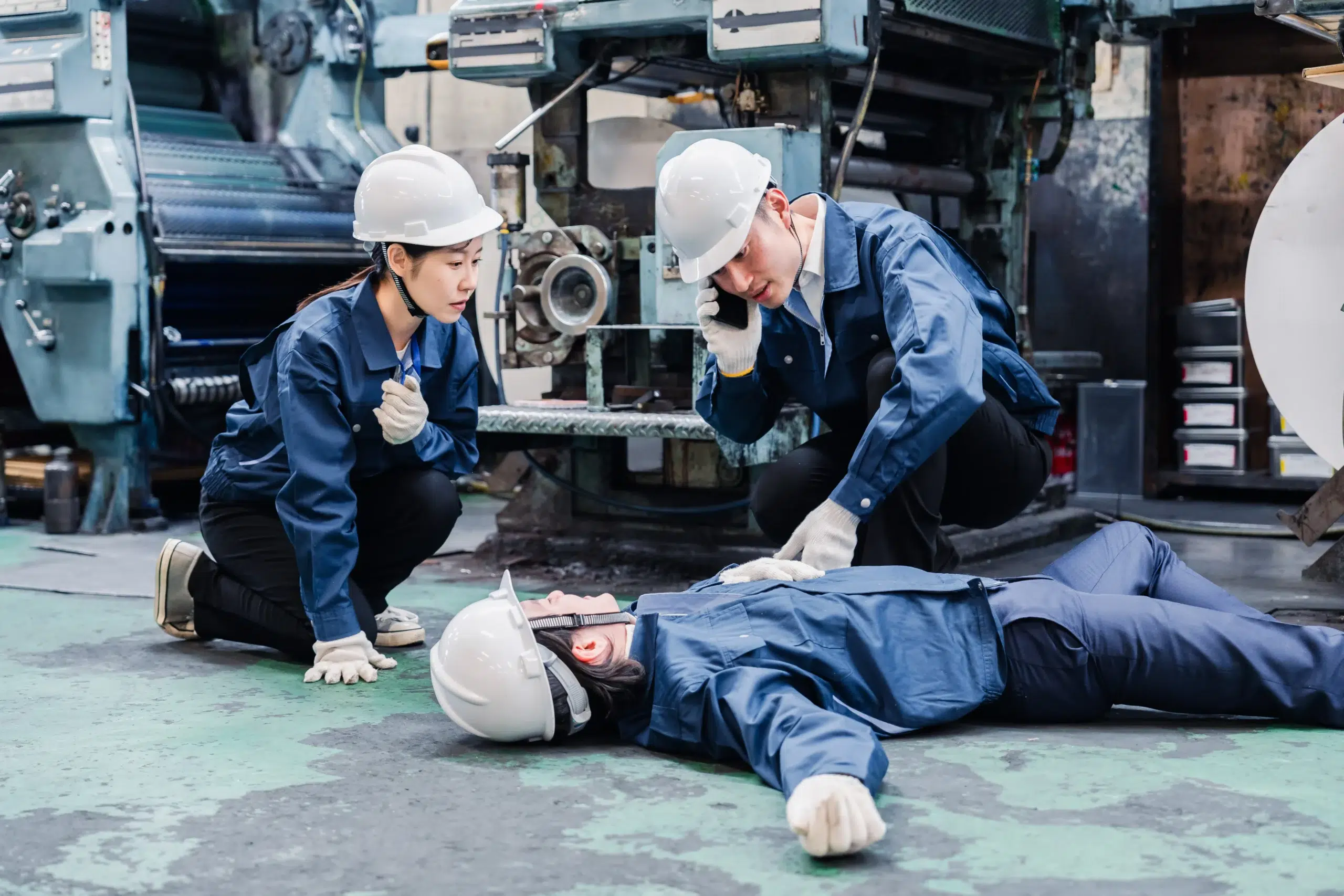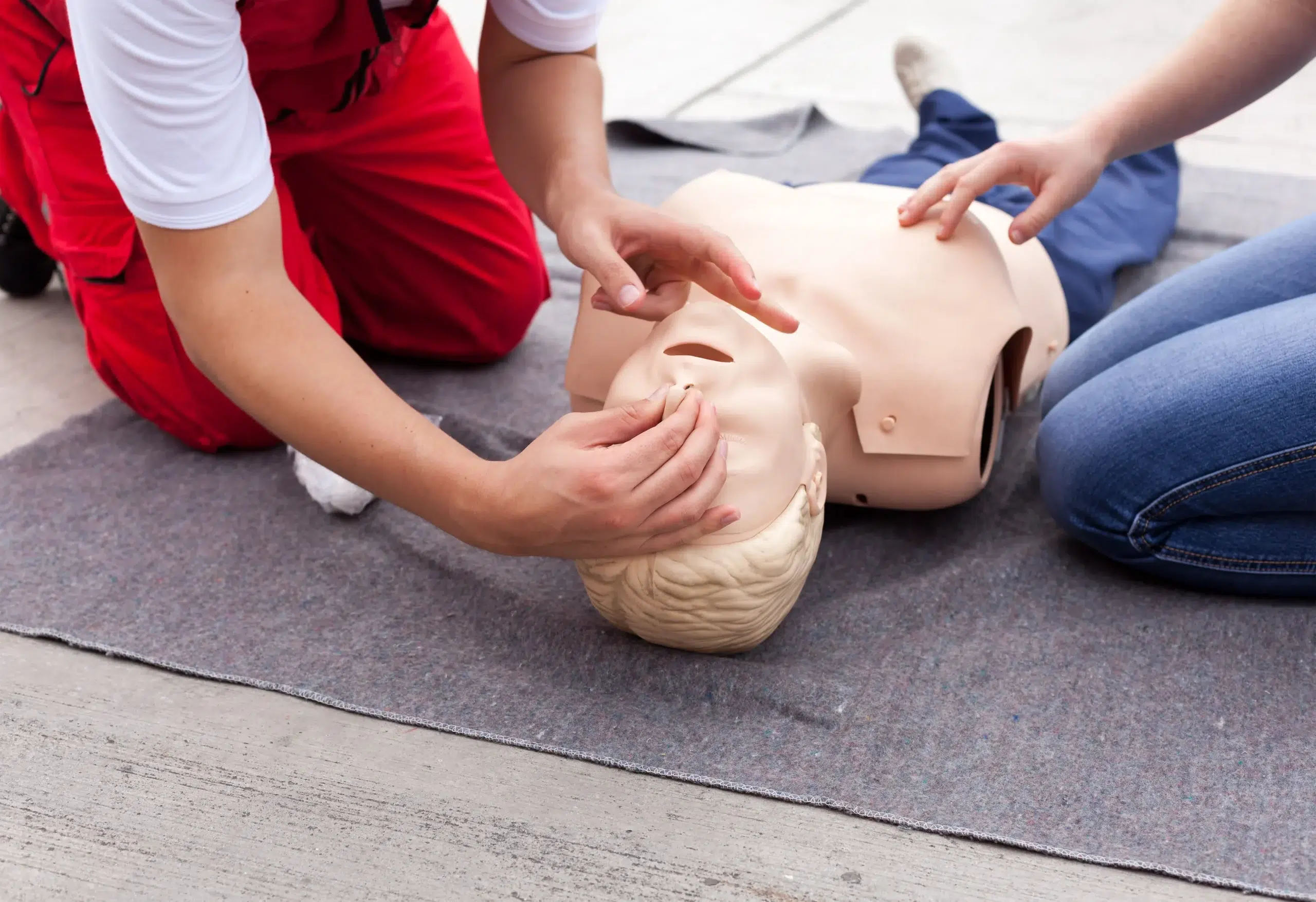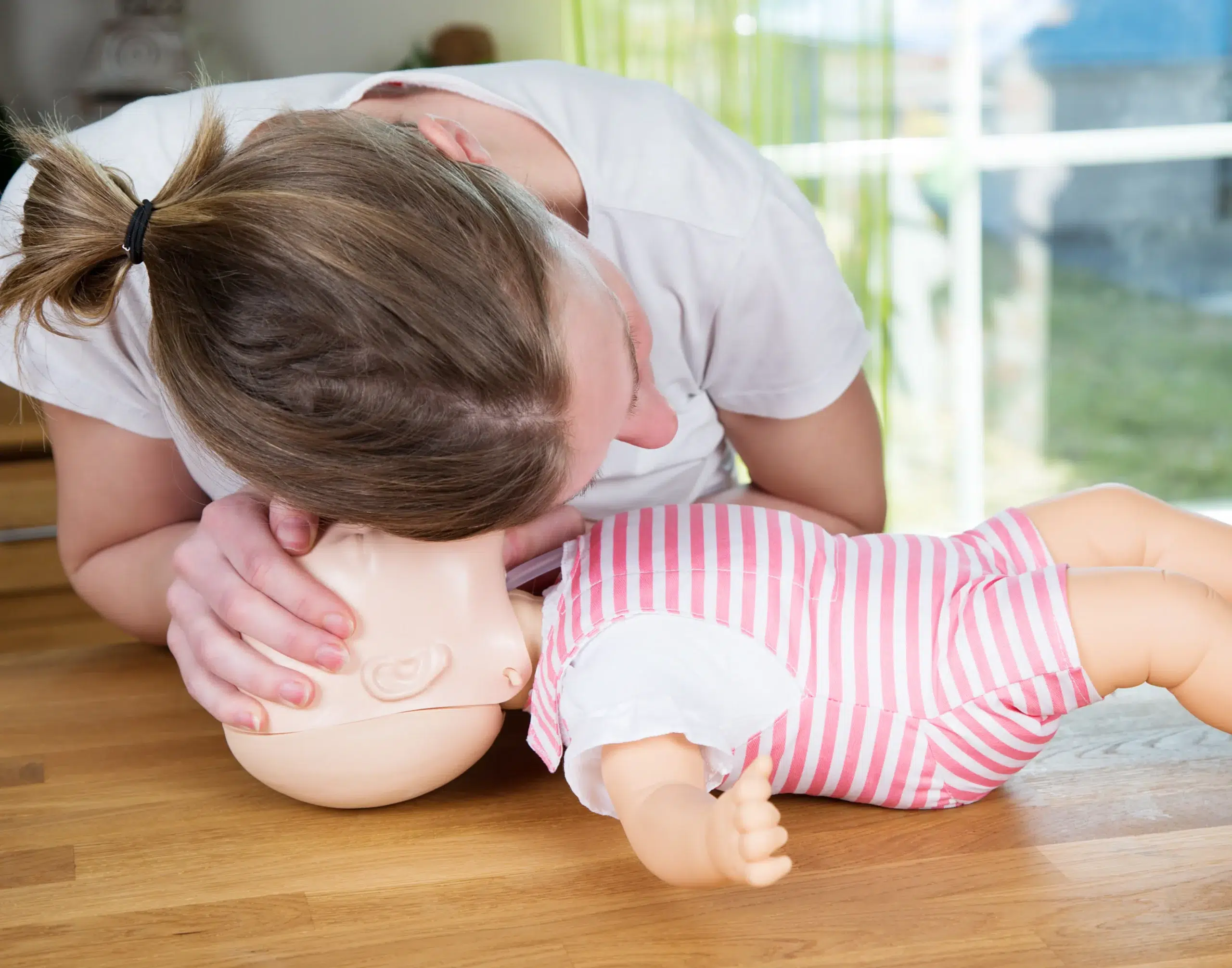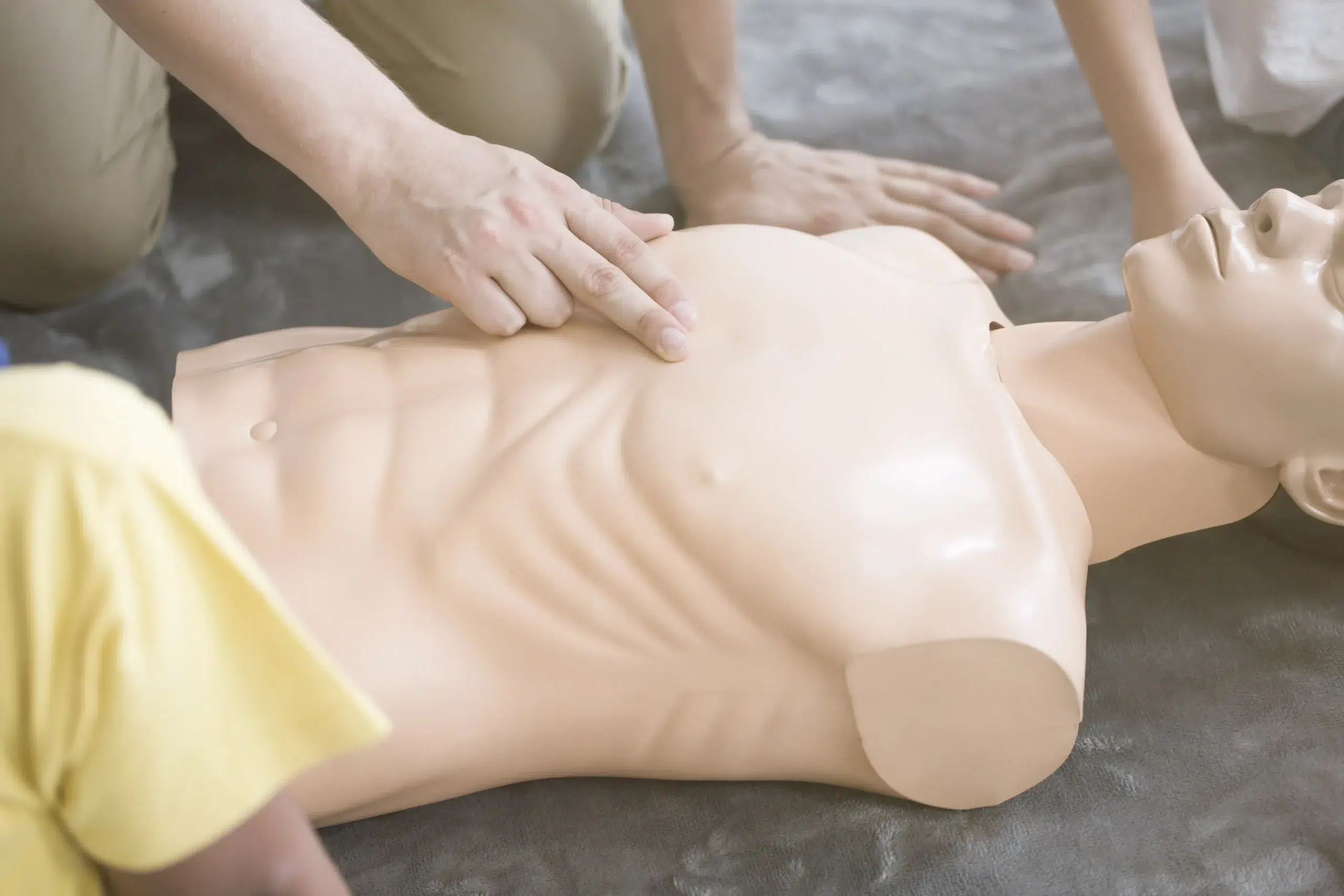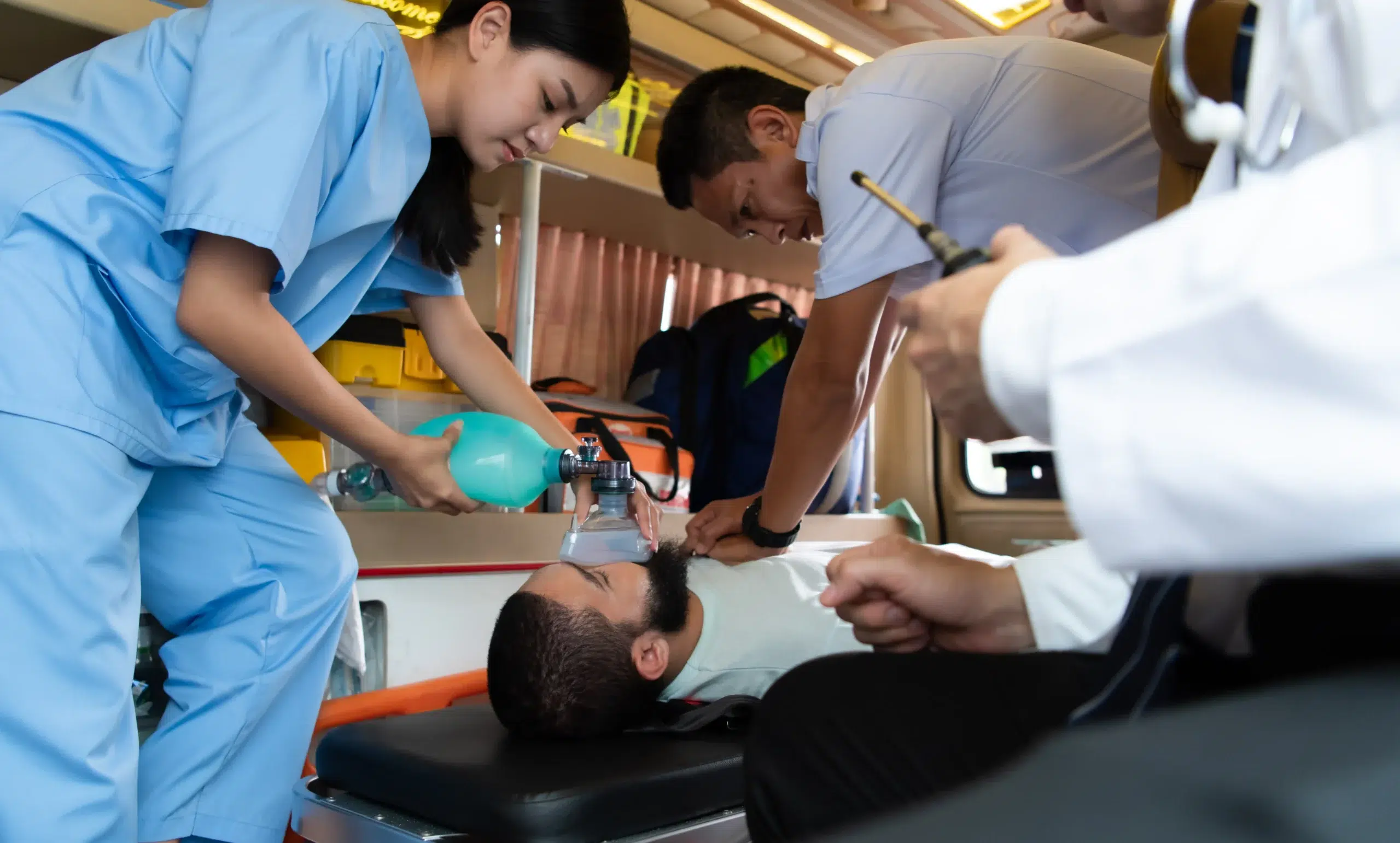Empowering yourself with life-saving skills is more accessible than you might think. If you’ve ever wondered, “Where can I find reliable BLS training near me?”, you’re in the right place. This comprehensive guide breaks down everything you need to know about Basic Life Support (BLS) training, from the core skills you’ll learn to the different certification options available. Whether you’re a healthcare professional, a concerned parent, or simply someone who wants to be prepared for emergencies, understanding BLS and where to find training near you can make a world of difference.
Key Takeaways
- BLS skills are essential for everyone: From healthcare professionals to everyday people, knowing how to perform CPR, use an AED, and manage someone’s airway can make a real difference in a medical emergency.
- Choose the BLS training that suits you: Whether you prefer in-person instruction, the flexibility of online learning, or a blended approach, there’s a BLS course out there that fits your learning style and schedule.
- Stay current with your BLS certification: Renew your certification every two years and keep your skills sharp through regular practice and continuing education. Consider adding advanced certifications like ACLS or PALS to your skillset.
What is BLS Training & Why Do You Need It?
BLS (Basic Life Support) training gives you the skills to respond to life-threatening emergencies. It’s about more than just CPR (Cardiopulmonary Resuscitation)—it also covers using an AED (Automated External Defibrillator) and managing someone’s airway. These skills are crucial for healthcare professionals, but they’re valuable for anyone. Knowing BLS can make you a vital link in the chain of survival, potentially saving a life at home, at work, or out in your community.
Key BLS Skills
High-quality chest compressions are the cornerstone of effective CPR. BLS training teaches you the right depth, rate, and technique to maximize blood flow during cardiac arrest. You’ll also learn how to recognize when someone needs CPR and how to deliver rescue breaths. Using an AED can significantly increase the chances of survival, and BLS training covers how and when to use one. Finally, proper airway management ensures the person can breathe, which is essential during a medical crisis. As Rocklin CPR classes points out, BLS courses teach you to recognize emergencies, give effective compressions and ventilations, and use an AED. These skills work together to give someone the best possible chance of recovery.
Benefits of BLS Certification
Getting BLS certified isn’t just about checking a box; it’s about becoming empowered to act confidently in emergencies. Medicus Training emphasizes how BLS training equips you with life-saving skills applicable in various situations. You’re not just gaining knowledge, you’re gaining the ability to respond effectively under pressure. This confidence can be invaluable, whether you’re a healthcare provider or simply a concerned citizen. Plus, as ACLS.com notes, more certified people in a community means more people ready to help during an emergency, which benefits everyone. BLS certification can also open doors to certain jobs and volunteer opportunities, making it a valuable asset for your career and community involvement.
Find BLS Training Near You
Finding the right BLS training program is easier than you think. Several organizations and institutions offer courses, so you can choose one that fits your schedule, learning style, and budget. Here are a few places to explore:
Roseville CPR Classes
Roseville CPR Classes offers a variety of CPR and BLS courses designed for both healthcare providers and the general public. They focus on essential life-saving skills like CPR, using an AED, and airway management techniques. This training ensures you’re prepared to handle medical emergencies. Roseville CPR Classes is affiliated with Safety Training Seminars, an AHA Training Center, guaranteeing high-quality instruction and certification. They also offer a low price guarantee. For those looking for group discounts, check out their options for discounted group classes.
American Red Cross
The American Red Cross is a well-known provider of CPR training, with accessible options in many areas. Check with your local Red Cross chapter for information on BLS, ACLS, PALS, and First Aid courses near you. They offer a range of courses to equip people with the skills to respond effectively in emergencies.
American Heart Association
For those seeking certification through the American Heart Association (AHA), numerous training centers offer AHA-certified courses. AHA certification is widely recognized and respected in the healthcare field. You can often find these courses through hospitals, community colleges, and independent training providers. If you’re a healthcare professional needing to renew your BLS skills, consider the RQI program offered by Roseville CPR Classes.
Local Community Colleges
Many community colleges offer BLS training as part of their continuing education programs. These courses are often affordable and conveniently scheduled, making them a good option for busy professionals and students. Check with your local community college for course availability and registration information.
Hospitals and Medical Centers
Hospitals and medical centers frequently hold BLS training sessions for their staff and the community. These courses are typically taught by experienced medical professionals and offer hands-on practice with real-world equipment. Contact your local hospital or medical center to inquire about upcoming BLS training opportunities. Safety Training Seminars is a woman-owned AHA Training Center offering high-quality courses in Roseville, CA.
Choose the Right BLS Training Format
Finding the right BLS training format depends on your learning style, schedule, and preferences. Let’s break down the pros and cons of each option so you can make the best choice.
In-Person BLS Training
In-person BLS training gives you hands-on practice and real-time feedback from certified instructors. This direct interaction is invaluable for developing the muscle memory and confidence you need to perform BLS effectively in emergencies. In-person courses cover essential skills like recognizing life-threatening emergencies, delivering high-quality chest compressions, and using an AED. The structured environment of a classroom can also be beneficial for those who prefer traditional learning. However, in-person classes require a greater time commitment due to travel and fixed schedules. If you learn best by doing and value direct interaction with an instructor, in-person training might be the right fit.
Online BLS Courses
Online BLS courses offer flexibility and convenience, allowing you to learn at your own pace and on your own schedule. They often include interactive modules, practice tests, and online exams, making them a great option for busy professionals or those with limited access to in-person training centers. While online courses offer convenience, they may not provide the same level of hands-on practice as in-person training. It’s important to supplement your online learning with hands-on practice whenever possible. If you need flexibility and prefer self-directed learning, an online course could be a good choice.
Blended Learning
Blended learning combines online learning with the practical experience of in-person training. Programs like the RQI program let you complete the cognitive portion of the course online and then attend a shorter, in-person skills session. This format is particularly well-suited for healthcare providers who need to refresh their skills regularly. Blended learning offers a balanced approach, but it’s essential to find a program with a convenient in-person skills session location. If you appreciate the flexibility of online learning but also want hands-on practice, blended learning offers the best of both worlds.
What Happens in a BLS Course?
So, you’re ready to get your BLS certification—great! Here’s what you can expect:
Time Commitment
BLS courses are designed to be efficient and manageable. A class typically lasts 2.5 to 4.5 hours, depending on the training center and format. This timeframe allows enough time to cover the material and get plenty of hands-on practice. Roseville CPR Classes offers a variety of BLS courses to fit your schedule.
Key Topics
BLS certification equips you with the skills to respond to life-threatening emergencies. You’ll learn how to perform high-quality CPR for adults, children, and infants, including how to use an AED. The course also covers essential airway management techniques and how to recognize the signs of a medical emergency. For a deeper dive, check out our Ultimate Guide to BLS Certification.
Hands-on Practice & Skills Assessment
BLS courses aren’t just lectures. You’ll spend a good portion of the class practicing your skills on mannequins, building your confidence to perform CPR and other life-saving techniques in a real emergency. Your instructor will provide feedback and guidance. There’s also a skills assessment to confirm your competency before you receive your BLS certification.
Costs & Payment
The cost of a BLS course varies depending on the training provider, location, and course format. Compare prices and check for available discounts. Roseville CPR Classes offers a low price guarantee, so you can be confident you’re getting a good value.
Discounts & Promotions
Many training centers offer discounts for group registrations, making it a cost-effective option for workplaces or groups of friends. Ask about any group discounts or promotions.
Get & Keep Your BLS Certification
BLS certification is a valuable asset, showing you’re committed to patient safety and high-quality care. Whether you’re a healthcare provider or someone who wants to be prepared for emergencies, understanding how to get and maintain your
Steps to Certification
Getting your BLS certification is straightforward. First, find a reputable training provider, such as Roseville CPR Classes, an AHA Training Center. They offer a range of courses, including BLS certification, to teach you essential life-saving skills. You’ll learn CPR, how to use an AED, and airway management techniques so you can confidently handle medical emergencies. The course usually involves classroom instruction, demonstrations, and hands-on practice. After you successfully complete the course and skills assessment, you’ll receive your BLS certification card.
Renewal Requirements
BLS certification is typically valid for two years. To maintain your credentials and stay current with the latest guidelines, renew your certification before it expires. Many providers, like the American Red Cross, offer renewal courses, often available within 30 days of your certification’s expiration date. Always check with your certifying organization for their specific renewal requirements.
Maintaining Your Certification
Just renewing your certification isn’t enough. To truly maintain your BLS skills, commit to continuous improvement. Regularly review the material, practice your skills, and stay informed about updates to BLS guidelines. Incorporating feedback from training sessions and real-life scenarios (if applicable) will also help you refine your techniques and maintain high standards in BLS. Consider subscribing to relevant publications to stay informed about advancements in emergency care.
Continuing Education
Beyond BLS, think about expanding your skillset with advanced certifications like ACLS (Advanced Cardiovascular Life Support) or PALS (Pediatric Advanced Life Support). These courses build on your BLS foundation, offering specialized training for managing more complex medical emergencies. Many organizations offer convenient online BLS training courses for busy professionals or anyone seeking initial certification or recertification. These courses often use interactive modules, videos, and simulations to enhance learning and retention.
Related Articles
- BLS Classes in Sacramento: Your Complete Guide – Roseville CPR Classes
- BLS HeartCode Rocklin: Your Certification Guide – Roseville CPR Classes
- BLS Certification in Rocklin: Your Comprehensive Guide – Roseville CPR Classes
- BLS Renewal Near Me: Find CPR Recertification – Roseville CPR Classes
- BLS for Healthcare Providers in Rocklin: A Complete Guide – Roseville CPR Classes
Frequently Asked Questions
What does BLS cover, and how does it differ from standard CPR?
BLS goes beyond basic CPR by incorporating essential skills like AED usage and airway management. It provides a more comprehensive approach to life support, giving you the tools to address various medical emergencies, not just cardiac arrest. While CPR focuses on chest compressions and rescue breaths, BLS training adds crucial elements like recognizing the signs of a medical emergency and using an AED effectively.
How can I find a BLS class that fits my schedule and budget?
Several organizations offer BLS training, including the American Red Cross, American Heart Association training centers, local community colleges, and hospitals. Compare their course schedules, formats (in-person, online, or blended), and costs to find the best fit. Also, check for discounts, especially if you’re registering with a group.
What should I expect during a BLS course, and how long does it take?
A typical BLS course lasts between 2.5 and 4.5 hours. You’ll learn essential life-saving skills through a combination of classroom instruction, demonstrations, and hands-on practice. Expect to spend a significant portion of the class practicing CPR and other techniques on mannequins. There’s also a skills assessment at the end to ensure you’re proficient before receiving your certification.
How do I get certified in BLS, and how long does the certification last?
To get certified, find a reputable training provider like Roseville CPR Classes or an organization like the American Red Cross or American Heart Association. Complete the required coursework and skills assessment, and you’ll receive your BLS certification card. Certification is typically valid for two years.
How can I maintain my BLS skills after getting certified?
Staying up-to-date with the latest guidelines and regularly practicing your skills are key to maintaining your BLS competency. Consider taking refresher courses, reviewing the material periodically, and subscribing to relevant publications to stay informed about advancements in emergency care. Also, think about expanding your skillset with advanced certifications like ACLS or PALS.


